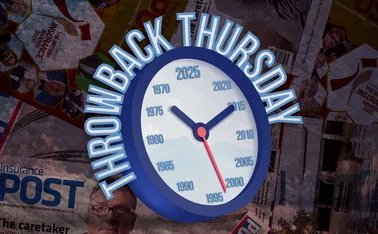
Top 100 UK Insurers 2019: AM Best Commentary - Insurers well placed to withstand strong headwinds

The 100 largest UK-regulated insurers, ranked by non-life gross premium written, reported a combined underwriting profit in 2018, compared to a loss in 2017. Catherine Thomas, senior director of analytics in London at AM Best, explains how they achieved this against such a challenging backdrop.
The operating environment for UK non-life insurers remains difficult in 2019. Against a backdrop of strong competition, companies have had to contend with changes in the discount rate used to
Only users who have a paid subscription or are part of a corporate subscription are able to print or copy content.
To access these options, along with all other subscription benefits, please contact info@postonline.co.uk or view our subscription options here: https://subscriptions.postonline.co.uk/subscribe
You are currently unable to print this content. Please contact info@postonline.co.uk to find out more.
You are currently unable to copy this content. Please contact info@postonline.co.uk to find out more.
Copyright Infopro Digital Limited. All rights reserved.
As outlined in our terms and conditions, https://www.infopro-digital.com/terms-and-conditions/subscriptions/ (point 2.4), printing is limited to a single copy.
If you would like to purchase additional rights please email info@postonline.co.uk
Copyright Infopro Digital Limited. All rights reserved.
You may share this content using our article tools. As outlined in our terms and conditions, https://www.infopro-digital.com/terms-and-conditions/subscriptions/ (clause 2.4), an Authorised User may only make one copy of the materials for their own personal use. You must also comply with the restrictions in clause 2.5.
If you would like to purchase additional rights please email info@postonline.co.uk









